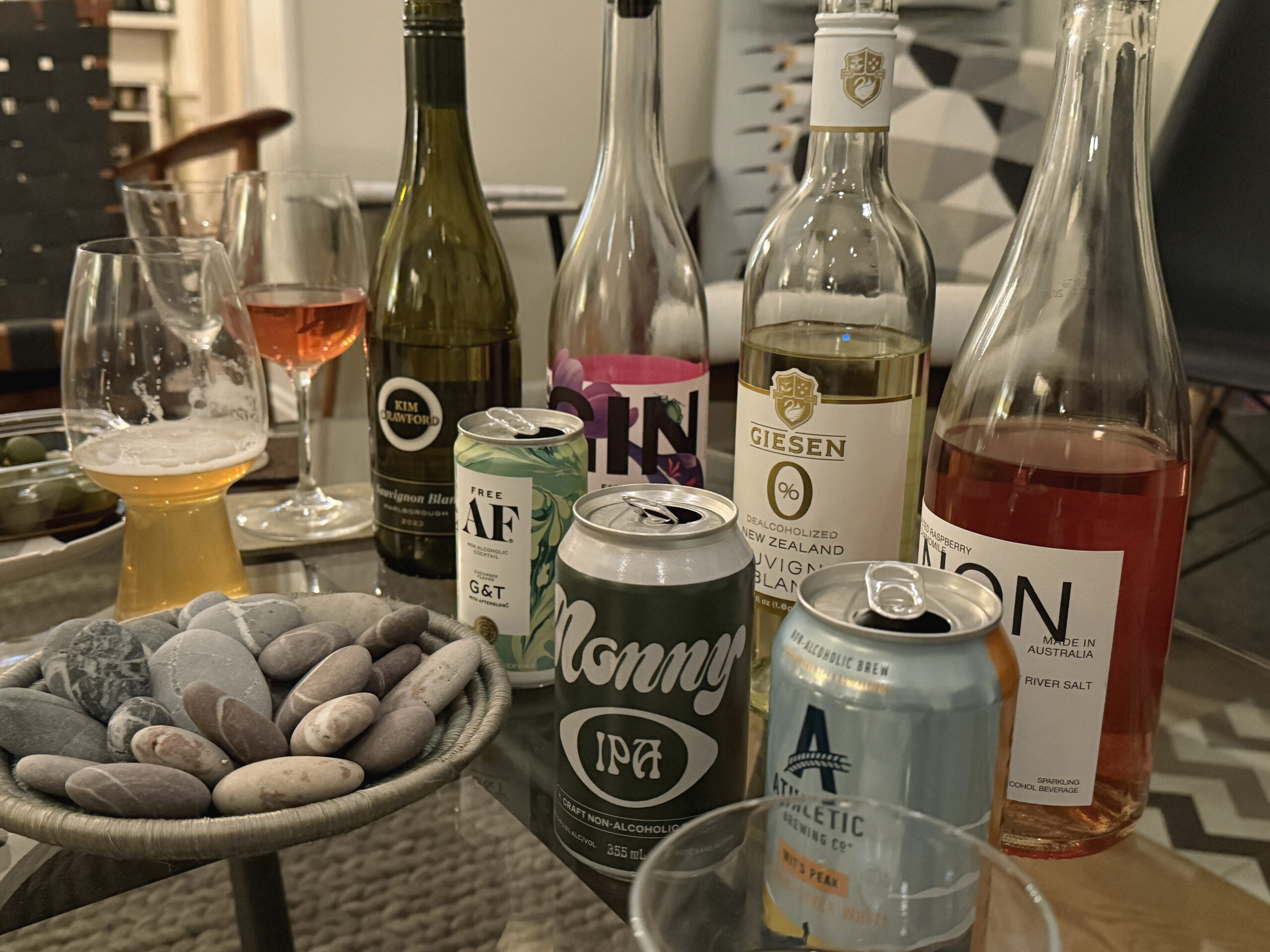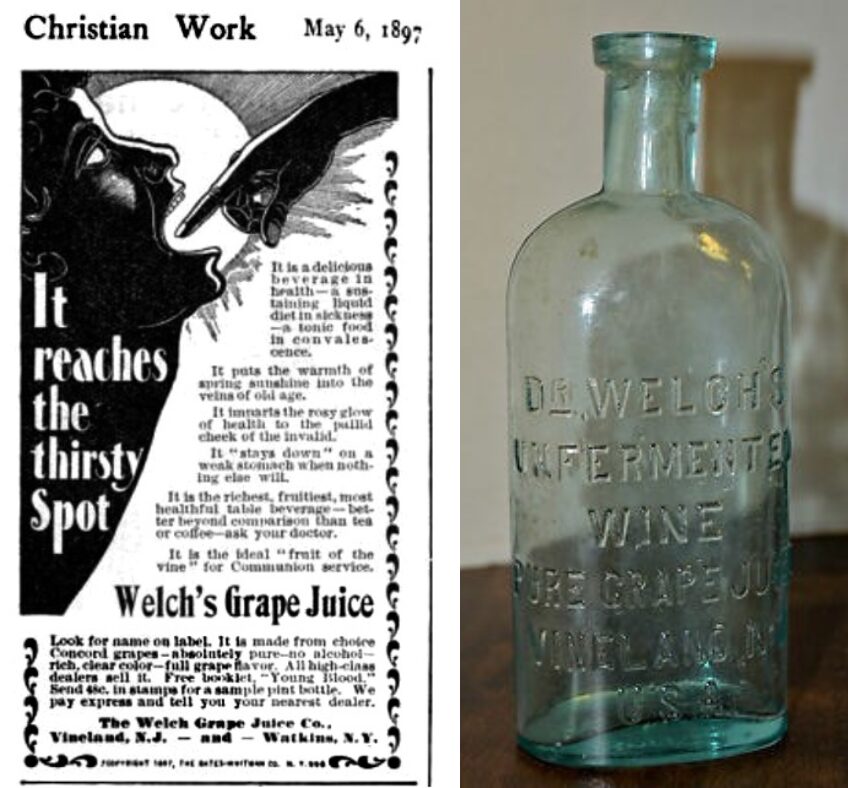Gastropod looks at food through the lens of science and history.
Co-hosts Cynthia Graber and Nicola Twilley serve up a brand new episode every two weeks.
Co-hosts Cynthia Graber and Nicola Twilley serve up a brand new episode every two weeks.

Wes Pearson is a senior research scientist at the Australian Wine Research Institute.
Dana Garves is the owner and senior beer chemist at Oregon Brew Lab, which performs quality control analysis for beverage companies.

Molly Bowdring is a clinical psychologist at the Stanford Prevention Research Center whose research focuses, in part, on the consumption of nonalcoholic beverages.
Entrepreneur Lisa King is the founder of Free AF, a New Zealand-based company that produces non-alcoholic canned cocktails.
This episode of Gastropod was supported by a generous grant from the Alfred P. Sloan Foundation for the Public Understanding of Science, Technology, and Economics. Check out the other books, movies, shows, podcasts, and more that they support here.
This episode of Gastropod was supported in part by the Burroughs Wellcome Fund for our coverage of biomedical research.
Click here for a transcript of the show. Please note that the transcript is provided as a courtesy and may contain errors.